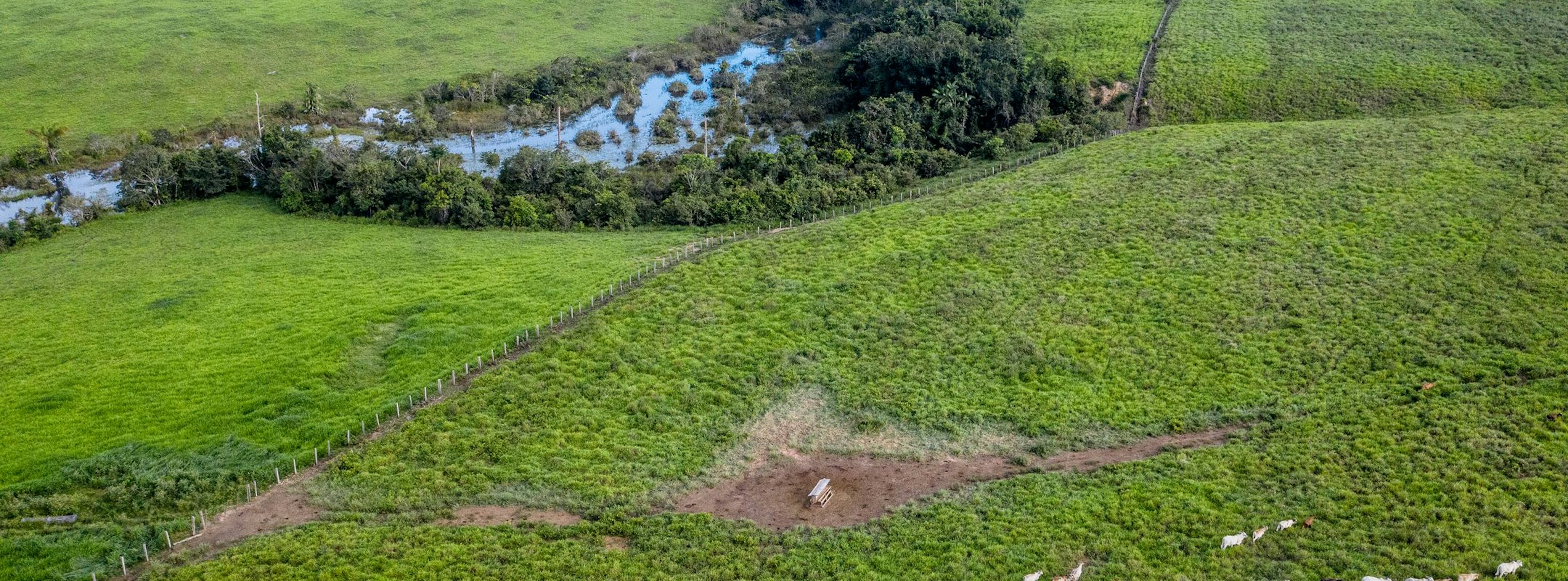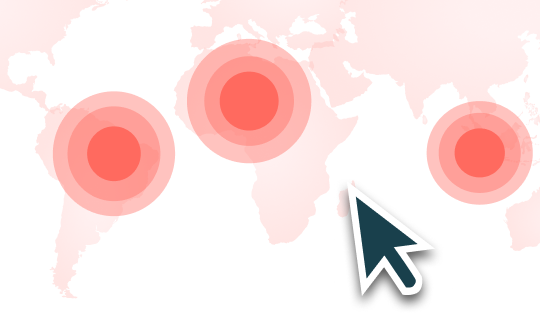The food we eat causes one third of all greenhouse gas emissions, as forests are cleared at an ever-growing rate to make way for new cattle pastures, soy fields, cocoa farms and oil palm plantations. Driven by new legislation to protect forests and calls to cut emissions, companies are racing to trace where their food products come from. Our new research warns, however, that we should not treat traceability as a silver bullet – companies must think bigger to tackle deforestation.
Businesses and governments are ramping up efforts to address emissions and deforestation in their supply chains. The World Business Council for Sustainable Development is, for example, developing a protocol to help companies calculate their carbon footprint. The European Union, UK and USA have passed, or are in the process of passing, due-diligence legislation which places a duty on companies to prove that imported products do not come from recently deforested land. The EU legislation comes into effect at the end of 2024, prompting a rush to trace the origin of goods such as beef, soy or palm oil imported into the world’s third-largest market.
Symptom of a wider problem
Unfortunately, the scale at which these initiatives are being implemented limits their effectiveness in tackling deforestation. Both the emissions protocol and due-diligence legislation prioritize monitoring at the ‘plot’ or ‘land-management unit’. These efforts therefore limit their attention to the smoking gun: the agricultural product which is directly expanding into forest. But deforestation is driven by dynamic agricultural markets and competition between land uses. The products produced at the forest frontier are as much the symptom as the cause of agricultural expansion.
Take Brazil as an example. Brazil is both an agricultural powerhouse and the country with the greatest forest loss. Cattle ranching is typically considered the culprit because two thirds of forests are replaced by pasture – when monitored at the property level. But if you zoom out, then the total area of pasture has barely changed in the last 20 years. Rather, it is soy, sugarcane and timber plantations which are the engine of agricultural expansion. Most remarkably, since 2000, the area planted with soy has swelled by 22 million hectares – an additional area of soy more than twice the size of Portugal or South Korea. Most of this expansion has been outside the Amazon, where it has displaced less profitable cattle ranching to the forest frontier, a region where land tenure is contested and land is cheap. While the EU imports 200,000 tonnes of Brazilian beef per year, it imports five million tonnes of soy – the vast majority of which is counted as deforestation-free because it was not grown on land cleared after 2020.
Taking a landscape approach
So, what should food companies do about deforestation? They cannot just rely on traceability as a solution. They must act at multiple levels, not just on farms but across whole landscapes.
Landscape initiatives are multi-stakeholder efforts where food companies, civil society, government, financiers and farmers co-develop targets and packages of interventions to make entire landscapes more sustainable. These interventions might couple land-use zoning, enforcement of environmental legislation and yield improvements with rewards to farmers who keep forests standing. The SourceUp initiative seeks to connect companies to willing landscapes. One example in Brazil is Produce, Conserve, Include (PCI) in the state of Mato Grosso. Launched in 2015, PCI is working toward the restoration of 2.5 million hectares of pastures, the conservation of 60% of the state’s territory in forests, and improving market access for 100,000 smallholder households.
Unfortunately, businesses all too often pay lip service to landscape approaches. Though Consumer Good Forum companies – giants like Mars, Nestle and Unilever – give landscape approaches prominent space in their Corporate Social Responsibility materials, they actually invest very little – nine million dollars per year. This is less than 0.013% of their annual profit. Similarly, six years on from the launch of the Cocoa and Forests Initiative, companies are still talking about “funding & launching” landscape efforts, more than “implementing and learning lessons”.
Policymakers take note
Here is where lawmakers and the greenhouse gas protocol should take note. These initiatives are agenda-setting: they will define for years to come what success looks like in reducing deforestation and greenhouse gas emissions. Rather than just promote traceability, they must also support, measure and reward progress at landscape or national level. The GHG Protocol, for example, can give equal weighting to emissions reporting at the plot and landscape level to encourage companies to act at multiple scales. Article 30 of the EU deforestation due-diligence regulation includes a call for coordinated action and land-use planning, though key details are missing. At the time of writing in April 2024, we are still waiting on the first step of the process – the publication of “a comprehensive Union strategic framework for such engagement”. In the meantime, the focus on traceability risks distracting from the bigger picture. At a recent event a commodity trader spelled this out: “Hopefully, companies can find serious budget for landscape projects. But this is not easy with an increased focus on farm level interventions”.
Many companies want to help solve climate change and end the loss of forests – but they need guidance. Legislators and civil society must incentivise them to measure progress at multiple scales. And in the long run, we will keep struggling against deforestation unless we tame the flow of capital into agricultural markets and curb society’s apparently limitless appetite for products that need a lot of land, like meat, biofuels and timber.
The full research paper is available here: zu Ermgassen, E. K. H. J., Renier, C., Garcia, A., Carvalho, T., & Meyfroidt, P. (2024). Sustainable commodity sourcing requires measuring and governing land use change at multiple scales. Conservation Letters, e13016. https://doi.org/10.1111/conl.13016
This article was first published on Mongabay, 12 April
Was this article useful?





